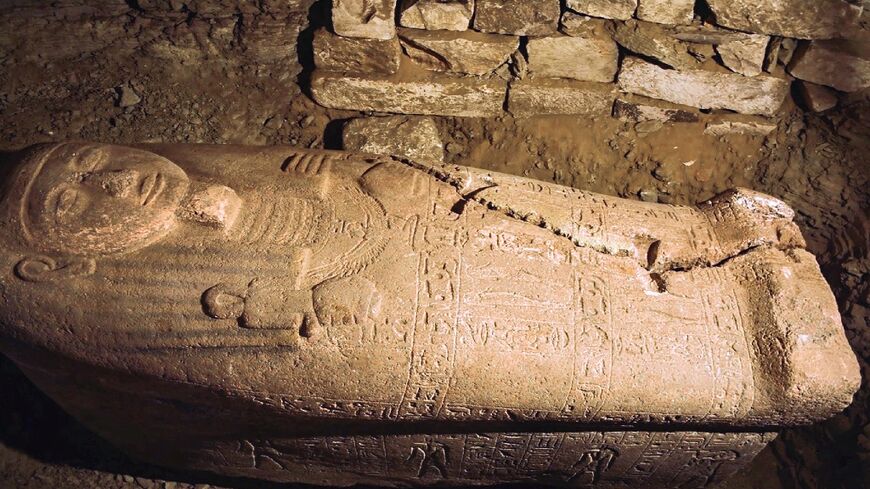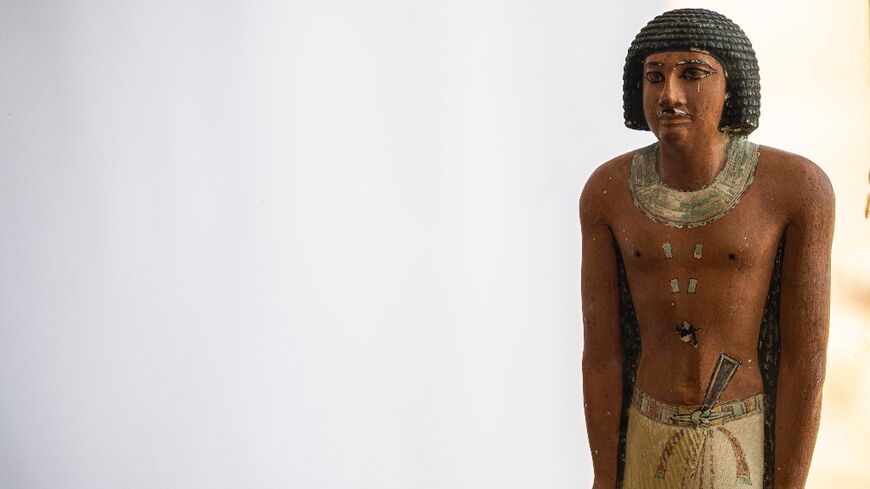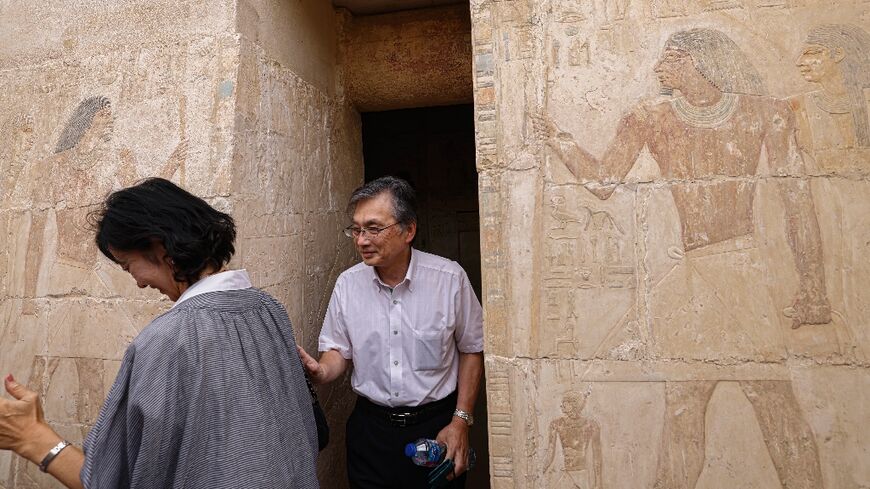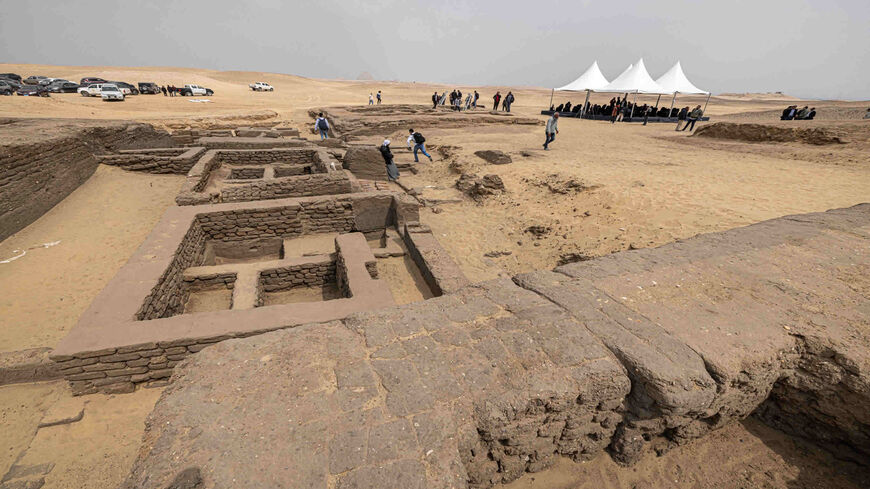Egypt unveils five ancient tombs in Saqqara necropolis
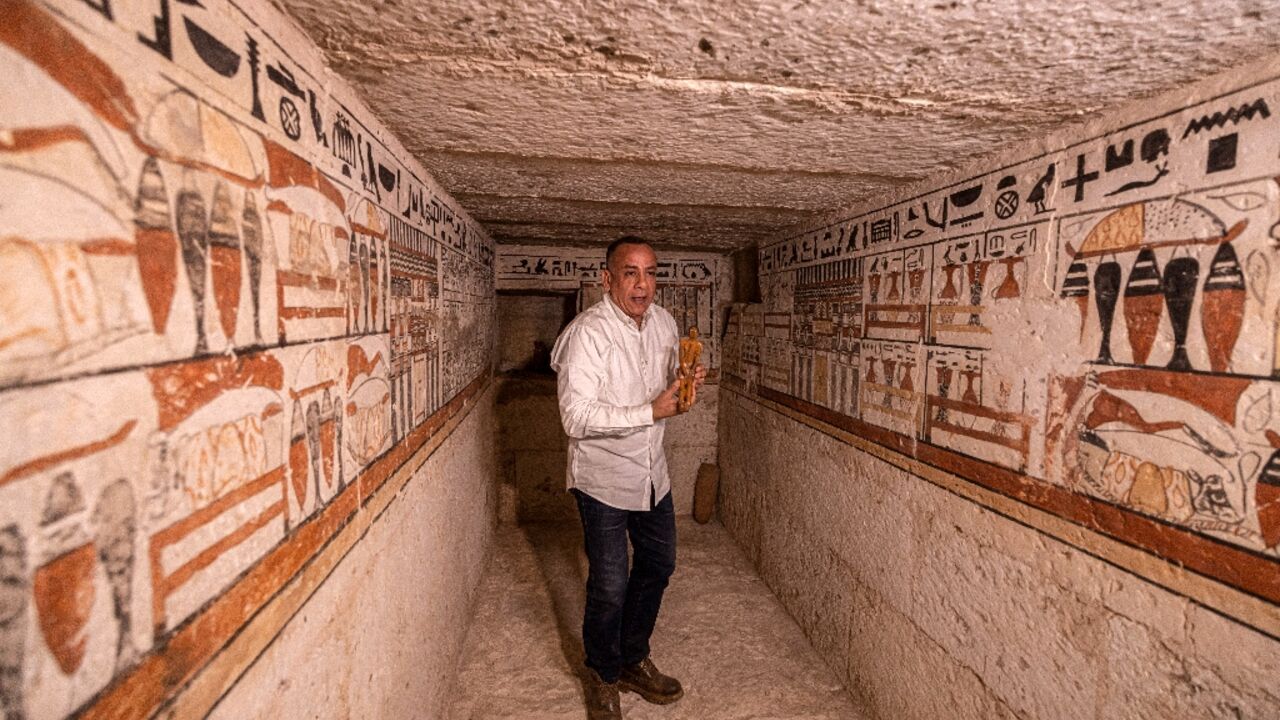
Egypt unveiled Saturday five ancient Pharaonic tombs at the Saqqara archaeological site south of Cairo, the latest in a series of landmark discoveries in the area.
Saqqara is a vast necropolis of the ancient Egyptian capital Memphis, a UNESCO World Heritage Site home to more than a dozen pyramids, animal burial sites and ancient Coptic Christian monasteries.
Egyptian archaeologists discovered the five tombs northeast of the pyramid of King Merenre I, who ruled Egypt around 2270 BC.
According to Mostafa Waziri, the head of Egypt's Supreme Council of Antiquities, the five tombs -- all of which are in good condition -- belonged to senior royal officials.
The Ministry of Tourism and Antiquities said one of the tombs belonged to a top official named Iry. A limestone sarcophagus and colourful decorations were found in the tomb.
The remaining tombs belonged to other members of the royal court, including a "steward of the royal house" and a priestess who was "responsible for the king's beautification".
In January 2021, Egypt unveiled ancient treasures found at Saqqara, including more than 50 wooden sarcophagi dating back to the New Kingdom (16th to 11th centuries BC) -- a discovery famed Egyptologist Zahi Hawass said "rewrites history".
The Egyptian authorities hope to inaugurate the new Grand Egyptian Museum near the Giza plateau later this year, after its opening was repeatedly delayed.
It is hoped that the new museum, in addition to various archaeological discoveries in recent years, will help revive the country's vital tourism industry.
The sector has been battered by successive blows, including a 2011 uprising, the coronavirus pandemic, and now a halt of Russian and Ukrainian tourists, who account for a large portion of visitors to the country.


